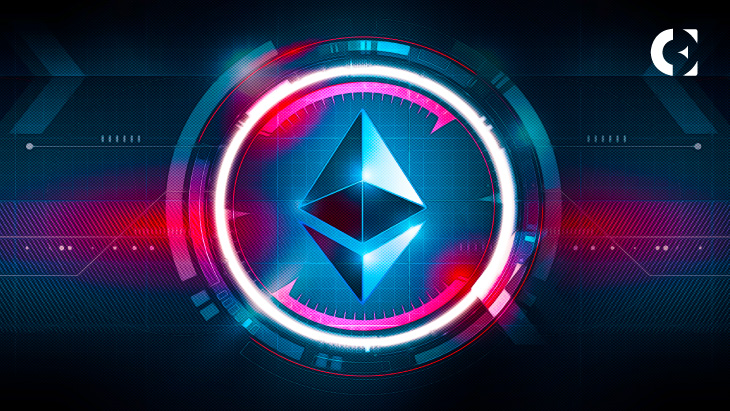- A CEHV partner said ETH’s value should not be compared to traditional firms.
- He said ETH isn’t a company; it’s a trustless settlement protocol.
- By settling 10% of global securities, Cochran sees a 30x-35x increase in ETH value.
In a recent Twitter thread, Adam Cochran, a partner at CEHV, responded to critics who argued that Ethereum’s token, ETH, could not experience a 20x increase because that would make its market capitalization more significant than that of major companies like Apple and Amazon.
“ETH isn’t a company,” Cochran emphasized, noting that Ethereum should not be compared to traditional corporations, as it operates as a revolutionary blockchain-based infrastructure. He pointed out that an astonishing $2.5 quadrillion worth of securities were processed through clearing houses last year alone.
Cochran then posed a thought-provoking question: What if this entire process were conducted on the Ethereum blockchain, with a minimal 0.05% gas fee? He estimated that such a scenario would result in burning $1.25 trillion worth of ETH annually, equivalent to 5.7 times the current market cap of Ethereum.
Using this analysis as a starting point, Cochran extrapolated a forward-looking multiple of just under $35 trillion for Ethereum’s potential value. According to the expert, assuming it took 20 years to achieve this milestone and account for an annual compounding burn rate of 2% or more, the value per ETH could reach an astonishing $457,081.
While Cochran acknowledged that a scenario where 100% of global securities settlement occurs on Ethereum in the next 20 years might be unlikely, he believed settling 10% of global securities within a decade was feasible.
Moreover, he argued that Ethereum’s value could expand beyond the securities market, potentially attracting other value-based markets. Cochran suggested that if Ethereum managed to settle 10% of global securities and captured additional value markets, a 30x-35x increase in value within the next decade was a realistic goal, even accounting for a 33% error margin.











